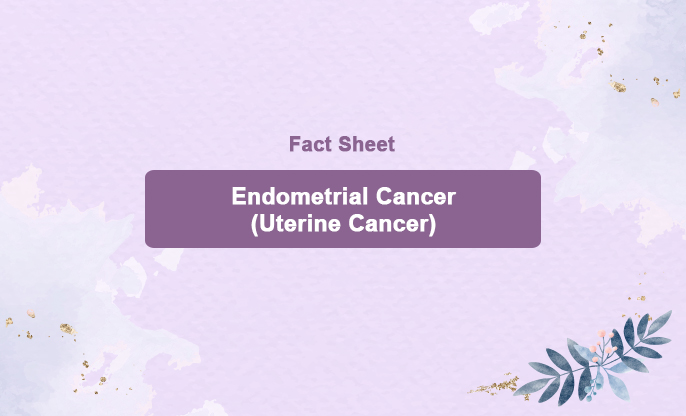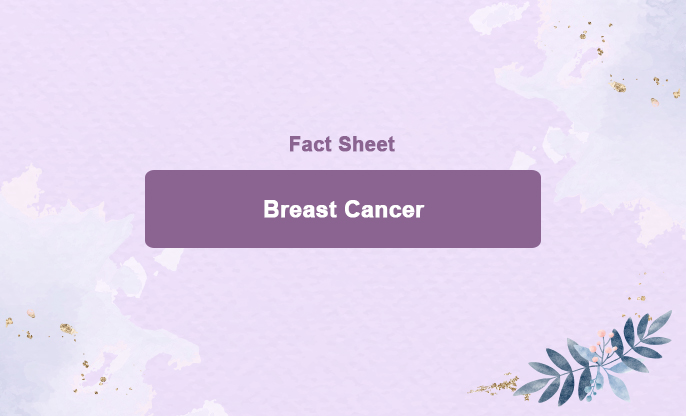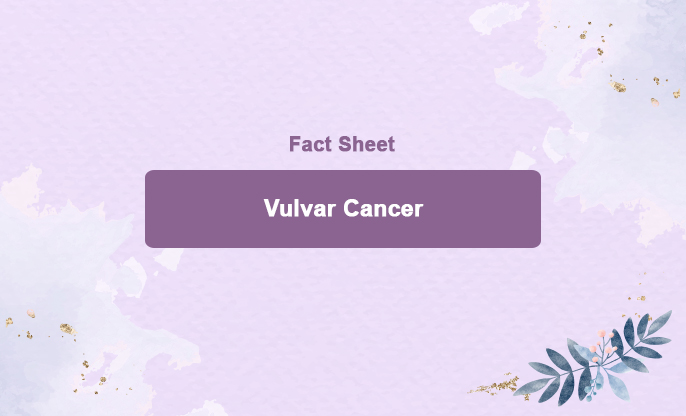
What is this?
Uterine cancer, also known as endometrial cancer, is a type of cancer that begins in the uterus, it is the most common cancer of the female reproductive system.
Uterine cancers can be categorized into two types: endometrial cancer, which is common, and uterine sarcoma, which is rare. Endometrial cancer is often curable, while uterine sarcoma tends to be more aggressive and challenging to treat.
Risk factors for endometrial cancer include:
Using estrogen-only hormone replacement therapy (HRT) after menopause
Taking tamoxifen to prevent or treat breast cancer
Obesity
Having metabolic syndrome
Having type 2 diabetes
Exposure of endometrial tissue to estrogen produced by the body, which can be caused by:
Never giving birth
Early onset of menstruation
Late onset of menopause
Having polycystic ovary syndrome (PCOS)
A family history of endometrial cancer in a first-degree relative (mother, sister, or daughter)
Certain genetic conditions, such as Lynch syndrome
Having endometrial hyperplasia
Older age is a major risk factor for most cancers, with the likelihood of developing cancer increasing as one ages.
Sign and Symptoms:
Vaginal bleeding or discharge not associated with menstruation.
Vaginal bleeding after menopause.
Difficulty or pain during urination.
Painful sexual intercourse.
Pelvic pain.
Diagnosis:
Pelvic examination
Transvaginal ultrasound
Endometrial biopsy
Hysteroscopy
Imaging tests such as MRI or CT scans
The prognosis and treatment options depend on several factors:
The stage of the cancer (whether it is confined to the endometrium, involves the uterine wall, or has spread to other parts of the body)
The appearance of the cancer cells under a microscope
Whether the cancer cells are responsive to progesterone
Endometrial cancer is often curable because it is typically diagnosed at an early stage.
Treatment:
There are different types of treatments available for cervical cancer.
Surgery
Radiation therapy
Chemotherapy
Targeted therapy
Immunotherapy
Surgery: Most patients undergo surgery to remove as much of the tumor as possible. Types of surgery include:
Hysterectomy: Removal of the uterus, and sometimes the cervix. Variations include partial, total, vaginal, total abdominal, and total laparoscopic hysterectomy.
Unilateral Salpingo-Oophorectomy: Removal of one ovary and one fallopian tube.
Bilateral Salpingo-Oophorectomy: Removal of both ovaries and both fallopian tubes.
Omentectomy: Removal of the omentum, a tissue in the peritoneum containing blood vessels, nerves, lymph vessels, and lymph nodes.
Lymph Node Biopsy: Removal of all or part of a lymph node to check for cancer cells under a microscope.
Prevention:
Modifying lifestyle or dietary habits.
Avoiding known cancer-causing substances.
Taking medications to treat precancerous conditions or to prevent the onset of cancer.






